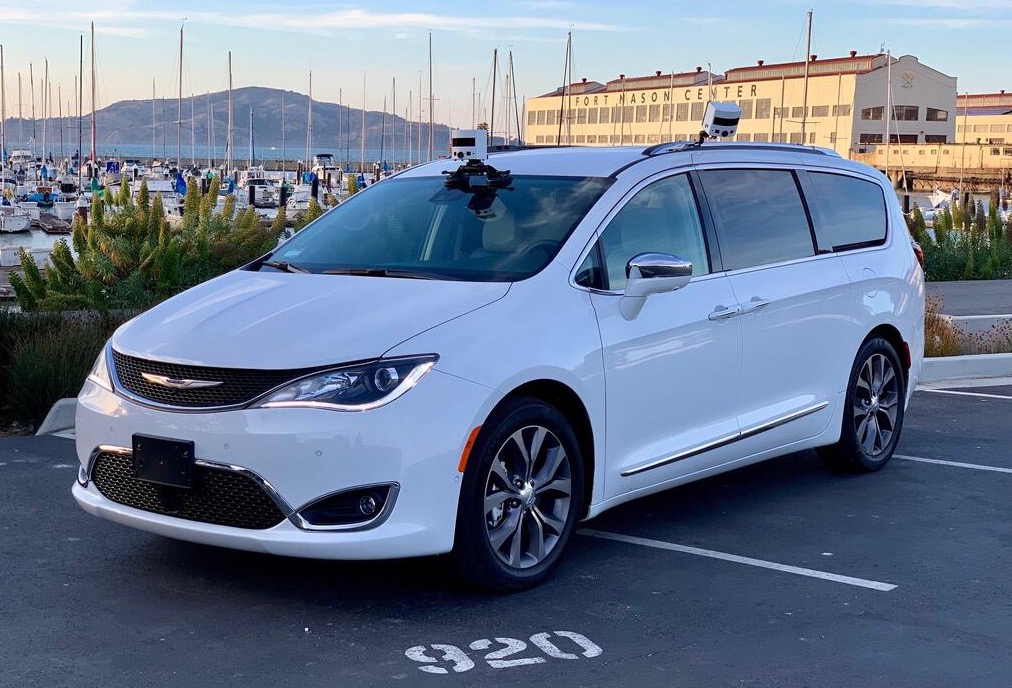In the ever-evolving landscape of automotive technology, lidar (Light Detection and Ranging) has become a crucial component, not only for autonomous vehicles but also for various robotic systems. The introduction of new players into this market can significantly reshape how lidar technology is employed. A prime example is Sense Photonics, which recently emerged from stealth mode with a fresh approach to lidar that has captured significant investment interest. This blog post dives into the essence of Sense Photonics’ groundbreaking technology and what sets it apart from its predecessors.
The Need for Innovation in Lidar Technology
While lidar has been essential for navigating environments and detecting obstacles, traditional systems have faced limitations related to resolution, range, and installation complexities. Companies like Velodyne pioneered spinning lidar technologies, but newer methods including digital light processing (DLP) and metamaterials have replaced mechanical components in pursuit of sleeker designs. Despite these advancements, a common challenge has remained: achieving a wide field of view without sacrificing performance.
Simplifying the Complexity: Sense Photonics’ Solution
Sense Photonics is tackling this issue head-on with a novel approach known as “flash” lidar, which illuminates the entire scene in a single operation rather than sweeping a narrow beam across the environment. According to Scott Burroughs, CEO and co-founder of Sense Photonics, the key innovation lies in the unique assembly of laser emitters they’ve developed—literally thousands of individual lasers strategically organized for enhanced thermal management and safety.
- Flexible Array Design: The lasers are affixed to a flexible backing that allows the array to adapt to curved surfaces, ideal for automotive integration. This flexibility paves the way for an unparalleled field of view.
- Extended Field of View: With the capacity to achieve up to 90 degrees vertically and 180 degrees horizontally, Sense’s technology provides a significant advantage over typical lidar systems, which usually max out around 120 degrees horizontally and around 60 degrees vertically.
Separation of Components for Enhanced Functionality
Another noteworthy innovation from Sense Photonics is the decoupling of the laser emitter from the sensor, which operates similarly to a specialized camera. This feature introduces several benefits:
- Versatile Installation: The adaptability allows for the laser emitter to be seamlessly integrated into various parts of the vehicle, while the sensor can be situated in locations already occupied by traditional cameras, such as side mirrors and bumpers.
- Efficient Data Processing: By utilizing a sensor architecture akin to ordinary RGB cameras, the technology can produce a native 2D depth map. This allows for effortless synchronization with visible light images, drastically reducing the computational effort required for depth perception.
Looking to the Future: Upcoming Developments
As promising as Sense Photonics’ technology appears, it’s still in prototype stages, with the company eagerly working towards commercializing its product. The recent successful funding round of $26 million, co-led by Acadia Woods and Congruent Ventures, highlights investor confidence and interest in the potential of this revolutionary lidar system.
Furthermore, collaborations with established entities like Infineon and participation from an unnamed tier-1 automotive firm signal the strategic partnerships being forged in readiness for the market. Expectations are high for production to commence in the coming months, and industry watchers are keenly awaiting the unveiling of Sense’s definitive product offering by year-end.
Conclusion
The landscape of lidar technology is undoubtedly being invigorated by innovative companies like Sense Photonics. By marrying cutting-edge design with practical application, they stand to address several of the challenges inherent in traditional lidar setups, such as field of view limitations and complex installation requirements. As we continue to witness technological advancements in this sphere, it’s safe to say that the future holds exciting developments that promise to make autonomous systems more efficient and capable.
For more insights, updates, or to collaborate on AI development projects, stay connected with fxis.ai.
At fxis.ai, we believe that such advancements are crucial for the future of AI, as they enable more comprehensive and effective solutions. Our team is continually exploring new methodologies to push the envelope in artificial intelligence, ensuring that our clients benefit from the latest technological innovations.

